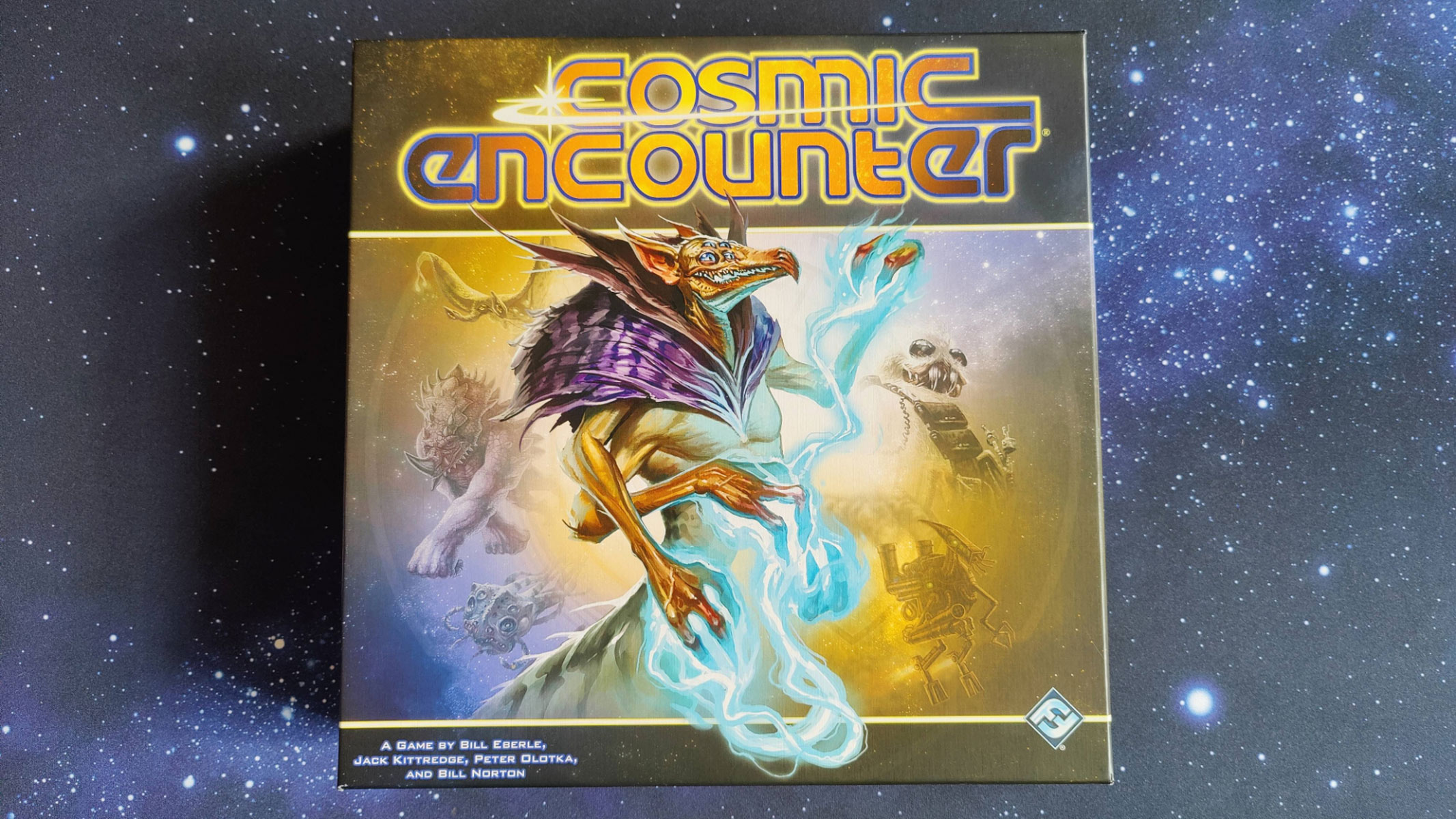
On day six it was time for our first traverse away from the Haughton-Mars Project base on Devon Island in the Arctic.
The team had checked out on the ATVs on relatively tame terrain; this would involve a longer drive across a far more rugged course, about 17 miles (28 kilometers) round trip across the terrain surrounding our simulated Mars base.
Five of us mounted the Kawasaki ATVs shortly after lunch and headed down the now-familiar route to the landing strip nearby, then beyond to the small valley from which we gather our water. Pascal Lee took the lead, followed by Gabriel Dubé (Pascal's student and our drone pilot), me, John Barrett (of MIT's EDGES project), and Sawan Dalal, our safety officer.
Leaving the valley took us from relatively flat, sandy terrain to a larger valley strewn with sharp, blocky rocks, averaging perhaps 5-6 inches (13-15 centimeters) in diameter. These are not smooth river rocks, but rather sharp, angular rubble that fights the ATVs steering at every turn and jumbles the rider incessantly. For those of us not used to riding off-road — in this case, everyone except for Pascal — it was a fast-paced introduction to more exuberant off-roading.
Related: A month on 'Mars': First journeys in our Arctic home
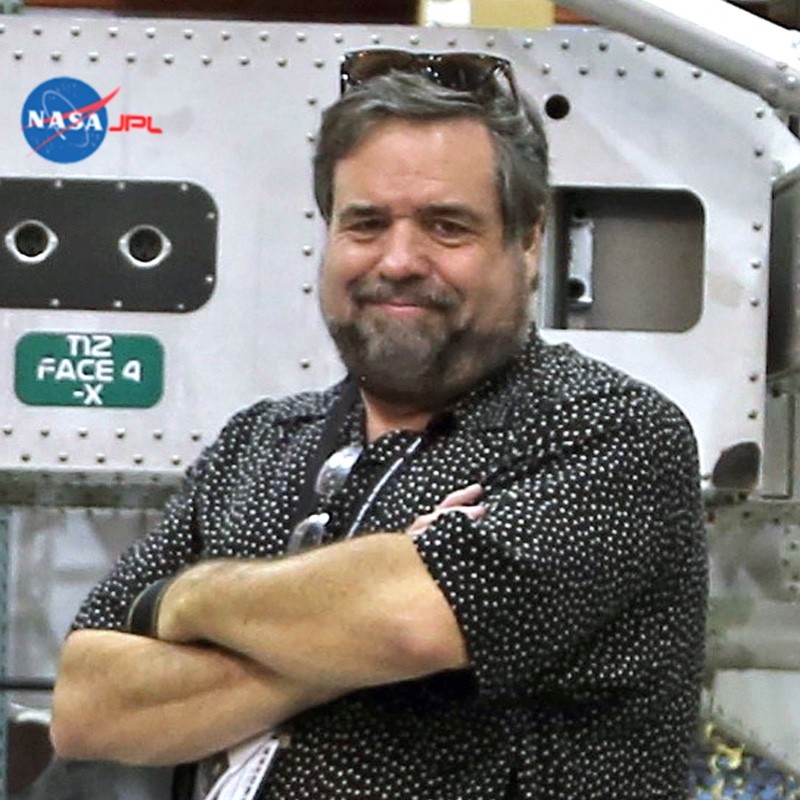
Rod Pyle is a space historian and author who has created and offered executive leadership and innovation training at NASA's Johnson Space Center. Rod has received endorsements and recognition from the outgoing Deputy Director of NASA, Johnson Space Center's Chief Knowledge Officer for his work.
We soon arrived at our first major stop — the rim of Haughton Crater. If the scenery surrounding the HMP base was impressive, this was a vista on a whole new level. From the rim, the extent of the crater is clear, with a central impact point covered by dun-colored hills. Pascal explained that a conclusive indication of the impactor's composition has yet to be found. "Impactors in such large impact events are usually completely vaporized, but if made of rock or metal, the impactor's chemical signature might still be found in the melted target rocks left behind," he told us. "In the case of Haughton, however, there is no chemical trace of the impactor, so we think it might have been a comet, made of mostly water ice". All this occurred about 23 million years ago, when the area was a temperate boreal forest at the time, similar to the Adirondacks of today.
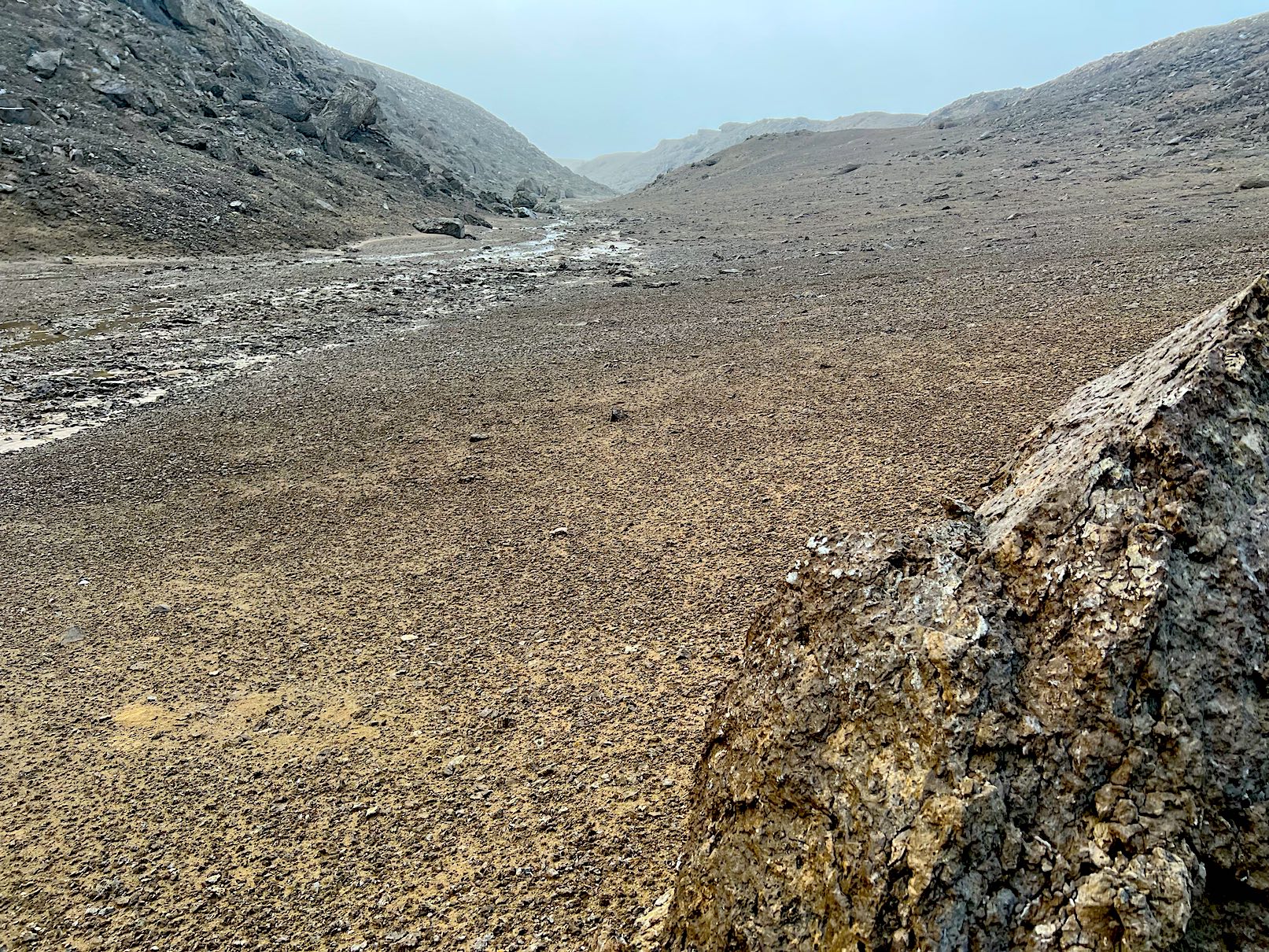
We mounted the ATVs and descended into the valleys inside the crater, with increasingly amazing views as the hills on either side got higher turn after turn. The terrain was now lit by midday polar sun, as overhead as it gets, and was therefore largely homogenous looking — yet the differences in shading and texture were still apparent. The further we progressed, the more Mars-like it became.
Get the Space.com Newsletter
Breaking space news, the latest updates on rocket launches, skywatching events and more!
As we neared a relatively nondescript pass (it's amazing how quickly one can claim any part of this haunting terrain to be "nondescript," but there are certainly variations in visual impact), Pascal brought us to a halt and waved me over. "I want you to go first, to experience this like we first did 25 years ago," he said. "Uh, okay — which direction?" I asked, to which he responded with a shrug and a smile. Dr. Mischief at work.
I took the lead and rounded the bend into what Pascal informally calls "Planet of the Apes Valley." It did not disappoint. The landscape was certainly evocative of the Forbidden Zone from the first movie in the franchise — vast yet overbearing; spooky yet serene. We had entered a maze of shattered rocks and sheared overhangs which Pascal described as the last remains of Haughton Crater's ejecta blanket, the sheet of debris ejected from the crater during the impact and blanketing its surroundings. We rode on to ever more striking vistas.
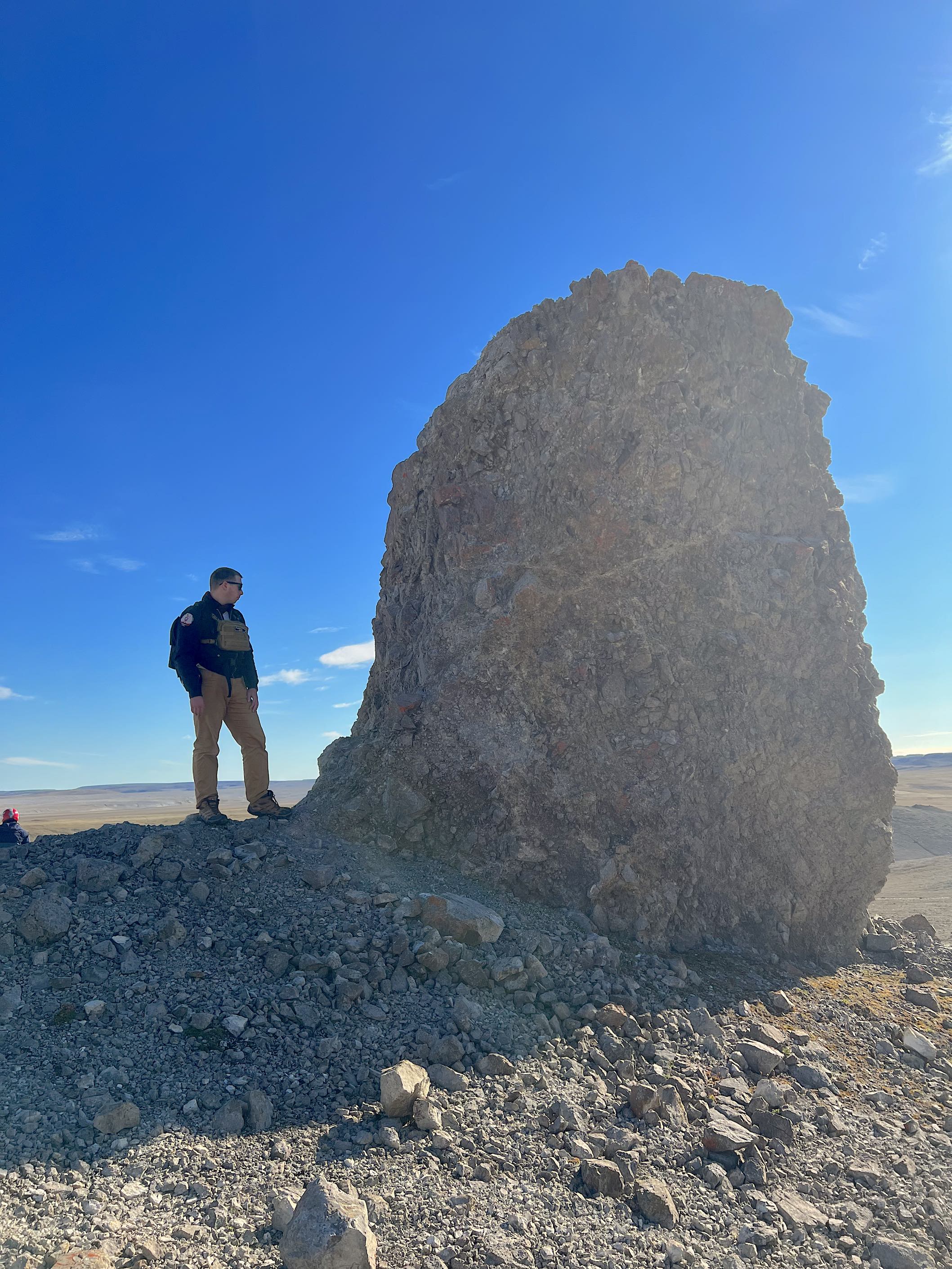
After winding through the last of the valleys we'd visit on this traverse, we came upon a tall bluff with a moderate incline leading to the top, strewn with loose rubble. Pascal halted the group again and gave instructions on how to make the climb, then rode to the top to help us follow his lead via hand signals. For four riders with no previous experience, it looked precipitous, but The Boss was in charge, and none of us were willing to let him down.
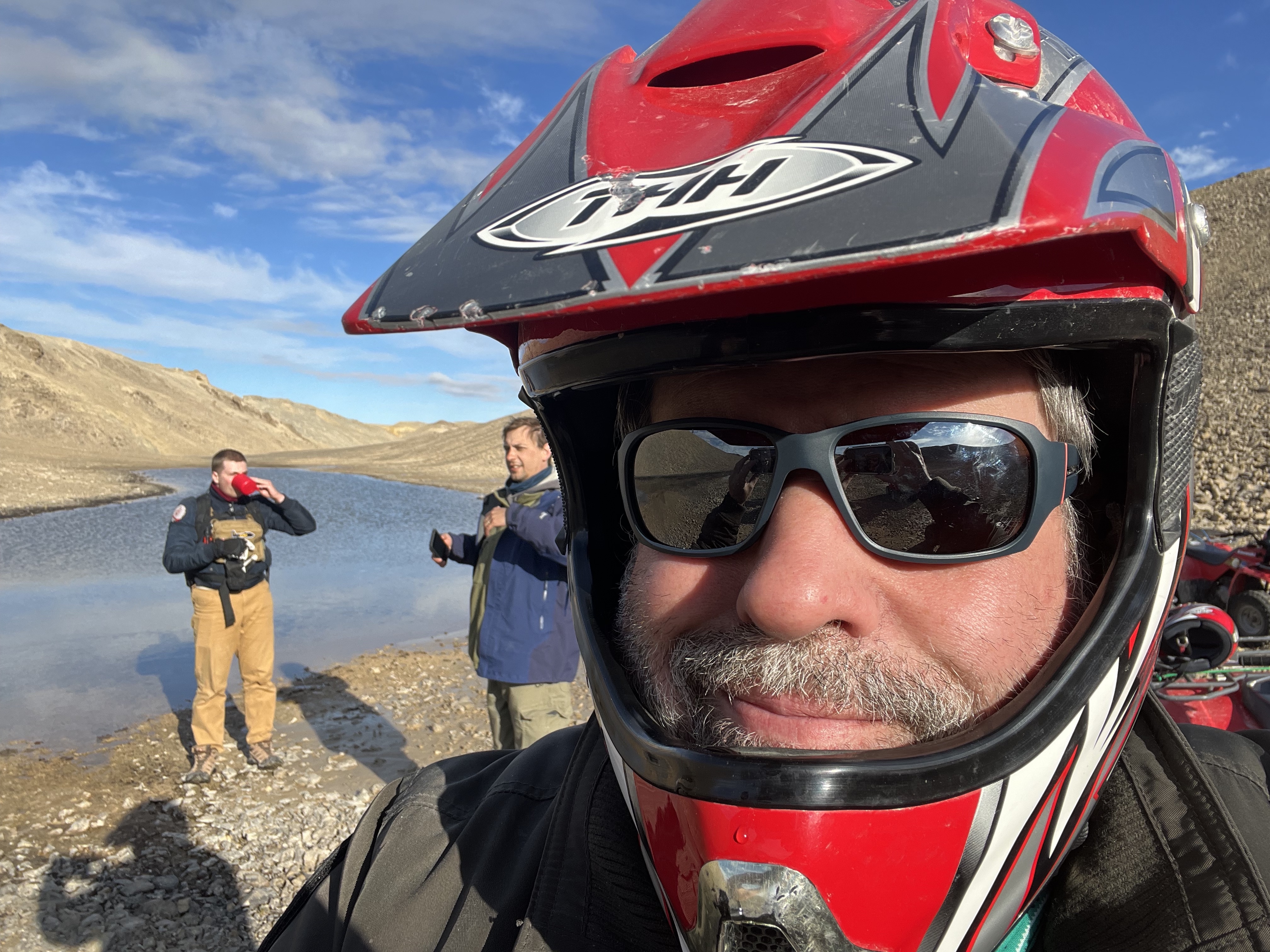
— A month on 'Mars': Preparing to visit the Red Planet ... on Earth
— A month on 'Mars': Traveling to the Red Planet
— A month on 'Mars': First journeys in our Arctic home
— A month on 'Mars': Get to know the Haughton-Mars Project
— A month on 'Mars': Trekking across the Arctic
— A month on 'Mars': Journey to the 'Planet of the Apes Valley'
— A month on 'Mars': Flags and footprints of the moon and Arctic
— A month on 'Mars': The Arctic comes alive
— A month on 'Mars': Fogbound on Devon Island
— A month on 'Mars': Trekking through Ingenuity Valley
— A month on 'Mars': Living on the EDGES
We each attacked the slope with varying degrees of intimidation. John went up before me, following Pascal's experience-derived course, and made it to the top handily. I went up next, able to remember the approximate line of attack. The trick for steep, rubble-strewn terrain is to keep moving in a low gear and carefully crawl to the top without stopping if possible. Gabriel and Sawan brought up the rear, and then, a scary moment — not having the immediate benefit of "follow the leader," Gabriel diverted into a steeper shoulder near the abutment with the hill, and suddenly his ATV reared up and stood on its tail. Fortunately, he had the presence of mind to get off the bike and stand clear, but its motion was arrested and it stood tall, awaiting rescue. Sawan and Pascal arrived in moments and helped to set things right, and soon the five of us were standing atop one of the terraced walls of Haughton Crater, a magnificent lookout that allowed us to see the surrounding region in 360 degrees.
Once atop the windswept bluff, Gabriel set up his drone system to scout the path ahead via air. Pascal and his team from four years before had left an ATV and Humvee in the field as they paused during a traverse from the HMP Base Camp to the coast, and one goal for this field season is to check on the Humvee and bring the ATV back to base. Today, on this drone scouting trip, Pascal was hoping to find a shortcut through a maze of canyons to gain faster access to the ATV.
For the next hour or so, Gabriel stood atop the bluff wearing his FPV (first-person view) goggles and capturing drone footage of a distant valley that might be the solution. The aerial video was spectacular, but when watched in real-time, was inconclusive. Once back at base, however, going carefully through the footage, Pascal was able to confirm a viable route. One thing is very clear — aerial reconnaissance will be increasingly invaluable for optimizing progress through unknown lands, whether on this planet or another.
To honor the trailblazing flights of NASA's Mars helicopter, Pascal suggested a provisional name for the new drone-scouted valley on Devon Island: Ingenuity Valley.
Follow us on Twitter @Spacedotcom or on Facebook.
Join our Space Forums to keep talking space on the latest missions, night sky and more! And if you have a news tip, correction or comment, let us know at: community@space.com.
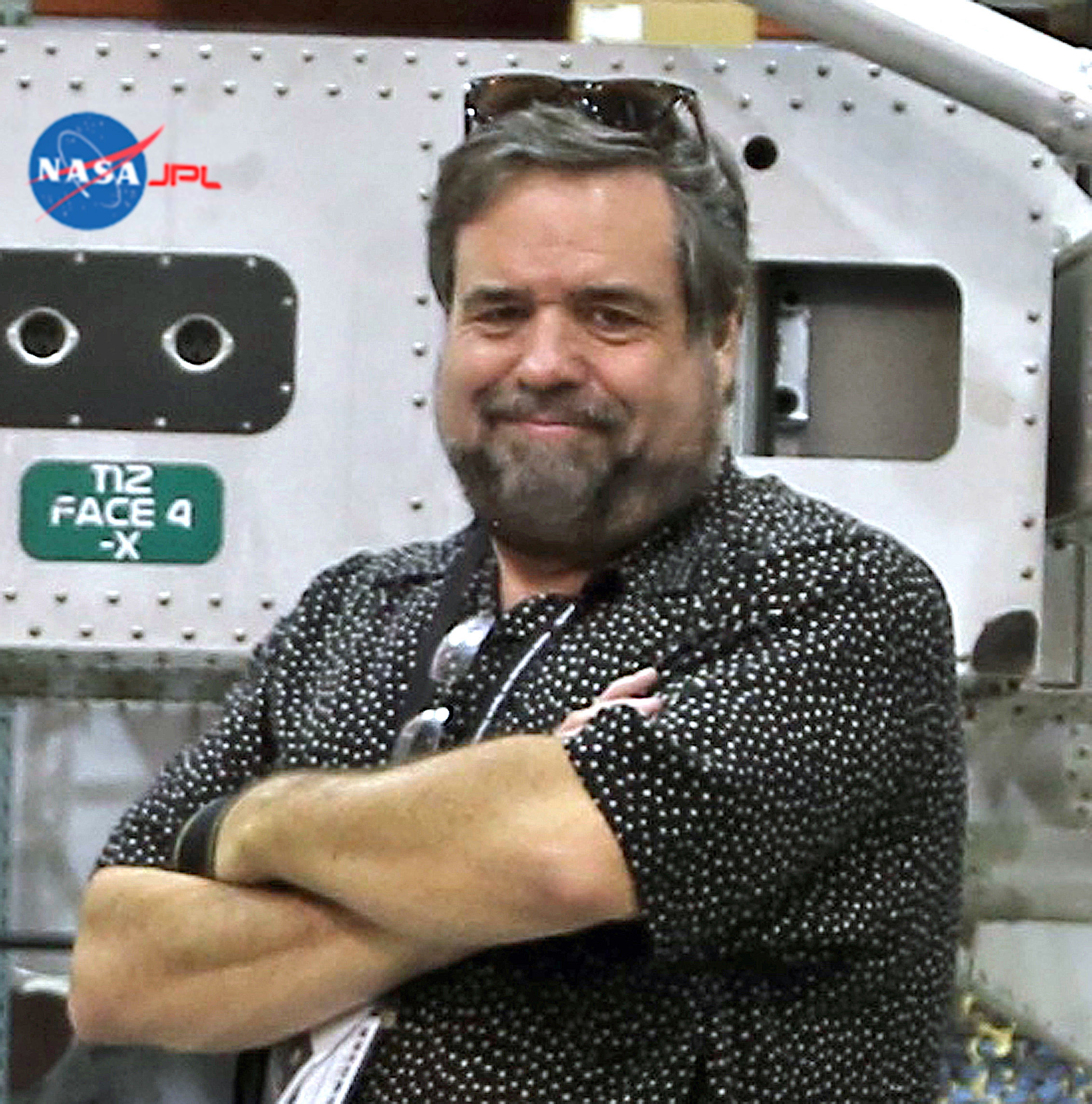
Rod Pyle is an author, journalist, television producer and editor in chief of Ad Astra magazine for the National Space Society. He has written 18 books on space history, exploration and development, including "Space 2.0," "First on the Moon" and "Innovation the NASA Way." He has written for NASA’s Jet Propulsion Laboratory, Caltech, WIRED, Popular Science, Space.com, Live Science, the World Economic Forum and the Library of Congress. Rod co-authored the "Apollo Leadership Experience" for NASA's Johnson Space Center and has produced, directed and written for The History Channel, Discovery Networks and Disney.

